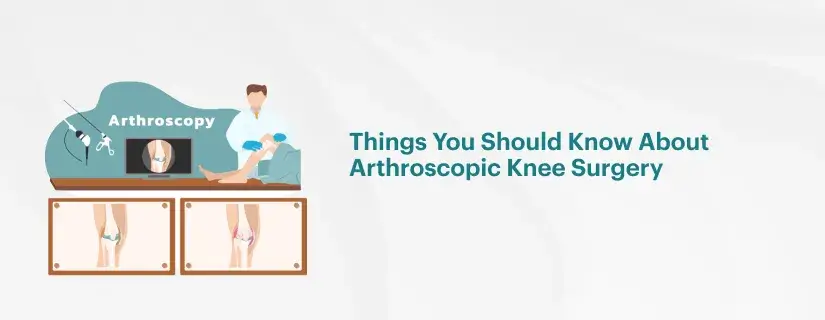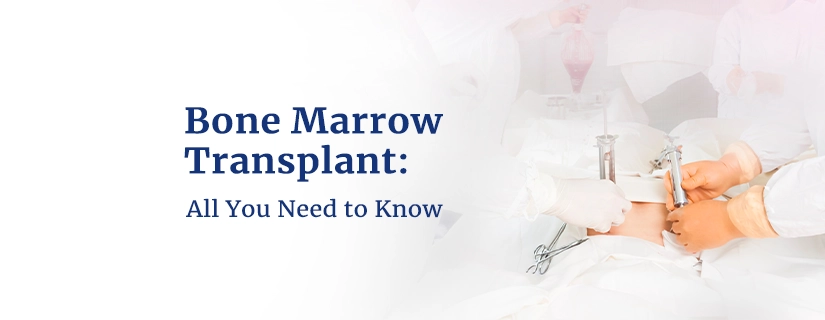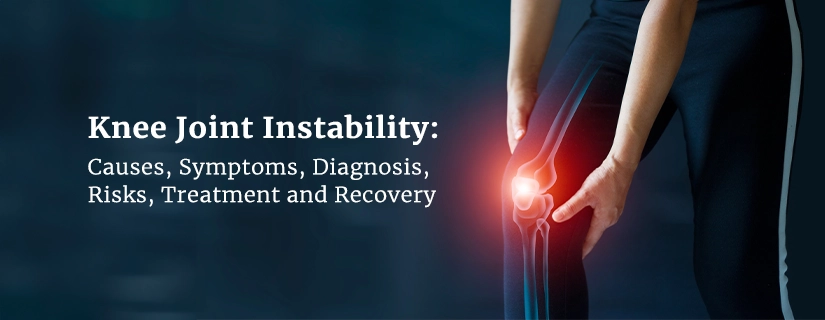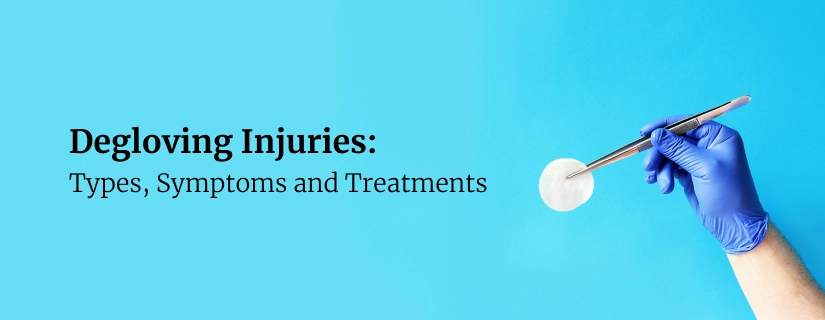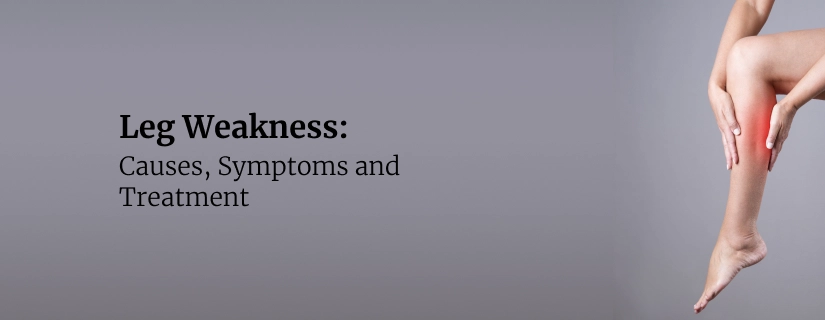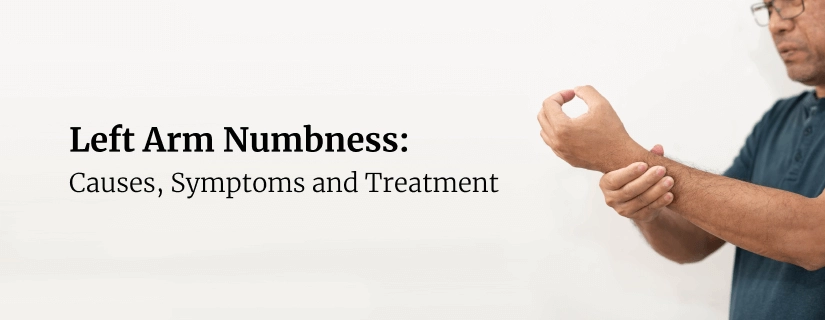-
Doctors
-
Specialities & Treatments
Centre of Excellence
Specialties
Treatments and Procedures
Hospitals & Directions HyderabadCARE Hospitals, Banjara Hills CARE Outpatient Centre, Banjara Hills CARE Hospitals, HITEC City CARE Hospitals, Nampally Gurunanak CARE Hospitals, Musheerabad CARE Hospitals Outpatient Centre, HITEC City CARE Hospitals, Malakpet
HyderabadCARE Hospitals, Banjara Hills CARE Outpatient Centre, Banjara Hills CARE Hospitals, HITEC City CARE Hospitals, Nampally Gurunanak CARE Hospitals, Musheerabad CARE Hospitals Outpatient Centre, HITEC City CARE Hospitals, Malakpet Raipur
Raipur
 Bhubaneswar
Bhubaneswar Visakhapatnam
Visakhapatnam
 Nagpur
Nagpur
 Indore
Indore
 Chh. Sambhajinagar
Chh. SambhajinagarClinics & Medical Centers
Book an AppointmentContact Us
Online Lab Reports
Book an Appointment
Consult Super-Specialist Doctors at CARE Hospitals
All You Need to Know About Partial Knee Replacement
Updated on 13 April 2021
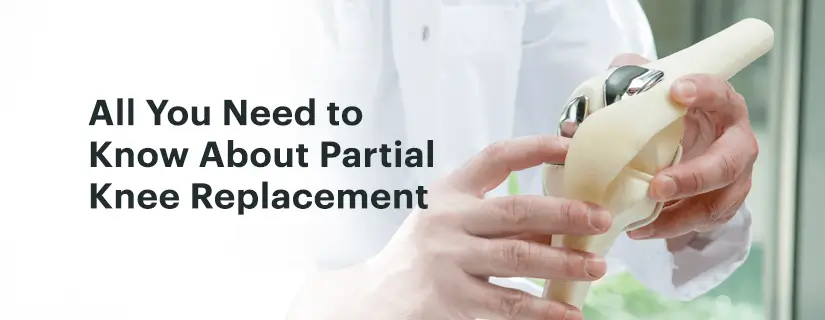
Table of Content
- Why is Partial Knee Replacement Surgery performed
- Who can perform the Partial Knee Replacement Surgery?
- How is the Partial Knee Replacement Surgery performed
- What are the complications and risks of Partial Knee Replacement Surgery?
- Complications associated with partial knee replacement
- Reduce the risk of complications
- How should you prepare for your Partial Knee Replacement Surgery?
- What should you ask your doctor before undergoing a Partial Knee Replacement procedure?
Partial Knee Replacement - Step by Step Explanation:
Also known as partial knee arthroplasty or unicompartmental knee replacement, partial knee replacement is a surgery, mostly performed in the knee replacement hospital in India, in which only the damaged segment of cartilage on the corresponding surface of the joint is replaced.
This procedure has many advantages over the total knee replacement in terms of shorter recovery time, bone preservation, and also the preservation of the ligaments. This enables a better range of motion and a better gait pattern. However, it can only be performed on people who have knee damage involving only a segment of the cartilage either the medial compartment or the lateral compartment. Patients with more extensive diseases involving the whole knee are not suitable candidates for this surgery.
Why is Partial Knee Replacement Surgery performed?
The single-compartmental knee damage caused by advanced osteoarthritis is the most common reason why your doctor might recommend a partial knee replacement. Osteoarthritis can lead to significant wear and tear on your knee joint. The medical terms for the knee's different compartments are medial (inner side), lateral (outer side), and patellofemoral (the area where the thigh bone is facing the kneecap).
If arthritis damages the cartilage, your joint's shock absorption capability is compromised, resulting in mechanical pain aggravated by activity. In more advanced diseases with complete wear of the cartilage, there is bone on bone contact which results in severe pain, restricted mobility, and stiffness. If this is the case for you, your doctor will start your treatment with a course of non-surgical options. However, if these are not successful in providing you relief from your symptoms like pain and discomfort that interfere with your daily activities, your next option is knee replacement.
The goal of this procedure is to ensure that your knee movement is pain-free and your mobility is not compromised, enabling you to perform all activities of daily living. These may include returning to sports like Golf, Swimming, Trekking, etc.
Even though total knee replacement is quite common, if there is damage in only a compartment of your knee, then you are the right candidate for the partial replacement. One of the main advantages of undergoing the partial knee replacement surgery in India is that it preserves the healthy bone, ligaments, and cartilage present in the areas that were unaffected by the damage. It is a minimally invasive procedure in which instead of large incisions made for open knee replacement, a smaller incision is made. If your doctor is recommending partial knee replacement, you must ask your doctor about the benefits of partial knee replacement and risks of this procedure as compared to total knee replacement surgery.
Who can perform the Partial Knee Replacement Surgery?
An orthopedic surgeon will perform the partial knee replacement surgery. They are specialized in dealing with diseases and injuries of your musculoskeletal system including your bones, ligaments, and joints. An orthopedic surgeon will be able to treat your knee problems right from diagnosis to rehabilitation.
Apart from the regular training and expertise in the field of orthopedics, some surgeons specialize in a specific musculoskeletal system area like the spine, knees, hips, or arms. So, while every orthopedic surgeon will be able to determine if you require a knee replacement or not, you need a surgeon specializing in knee replacement for your procedure. If you are planning to undergo a partial knee replacement, you have to find a surgeon with experience performing the procedure with good results, meaning successful outcomes and a low risk of complications.
How is the Partial Knee Replacement Surgery performed?
Before your surgery, you have to discuss your anesthesia options. You might want to get local anesthesia which numbs you from the waist down. This way, you are awake during the procedure. The sedative will make you relaxed and groggy during the procedure. Your other option is general anesthesia which will make you fall asleep during the procedure. The doctor might also order knee imaging before the procedure to determine the exact extent of the damage. If there is more knee damage than expected, you might need a total knee replacement. You have to discuss these possibilities in advance.
During a partial knee replacement, the surgeon removes the damaged bone and tissue from the knee joint and replaces it with plastic or metal parts. It is performed only when arthritis has affected only a certain part of the knee. This area will be replaced with a prosthetic, an artificial implant, and the rest of the knee will be preserved. The entire procedure is done through smaller incisions so that you are able to recover in a shorter period of time. Here are the steps involved in the partial knee replacement procedure.
- It will begin with a preoperative nurse preparing you for the procedure by starting an intravenous line for fluid and medications. Then, you will be taken to the operating room where you will be either administered with local or general anesthesia.
- Then, the surgeon will be making a cut on your knee. This can be somewhere between 3 and 5 inches (7.5 and 13 centimetres) long. They will inspect the knee joint to get a better look at the damaged joint.
- Once they have access to the affected knee compartment, they will move the supporting structure gently out of the way.
- Next, they will remove the damaged bone and cartilage from the affected area.
- This is followed by preparing these surfaces for the artificial implant that are sized specifically to your joint. A plastic spacer is placed between the metal pieces to ensure that they are able to slide smoothly while moving.
- Once the implant is secured using cement, all the surrounding tissues and structures are restored and the incision is closed.
- Someone from the hospital staff will take you to a recovery room after the procedure. You will be placed under continuous monitoring until the effects of the anesthesia wear off.
- You will be required to stay in the hospital until the doctor tells you that you are stable.
The partial knee replacement procedure is less invasive and has an easier and quicker recovery. You will be able to move again almost immediately. Depending on how the surgery went and your overall health, you might have to stay in the hospital for a couple of days.
What are the complications and risks of Partial Knee Replacement Surgery?
Just like any other surgery, a partial knee replacement also has some associated risks:
Risks associated with partial knee replacement-
- Reaction to anesthesia
- Damage to nearby blood vessels or nerves (this is very uncommon)
- Fluid buildup in the knee joint
- Blood clots formation (it is quite common in the pelvis or lungs and if they travel to the brain or heart, it can cause a stroke or a heart attack)
- Infection (it can happen deep inside the surgical site or at the skin’s surface)
Complications associated with partial knee replacement
In most cases, the partial knee replacement procedure is successful. However, there can be some potential complications such as:
- Prosthesis failure in which the replaced joint parts aren’t attached to the knee properly
- Loosening or dislocation that might require additional surgery for securing the new joint
- Damage to the knee joint, especially if you are performing high-impact activities like running. This might eventually require you to undergo total knee replacement surgery.
- Continued stiffness and pain.
Reduce the risk of complications
Here is how you can reduce the risk of surgical complications:
- Start physical therapy right away
- Resume light activity
- If required, use a walking aid like crutches or a cane
- Take blood thinners for preventing the formation of a blood clot
- Take an antibiotic for preventing infection
- Notify your doctor of any concerns like fever, increased pain, or bleeding
- Make sure that you tell your doctor about any allergies you have.
How should you prepare for your Partial Knee Replacement Surgery?
Here is what you can do to prepare for your partial knee replacement:
- Make some preparations in your home so that you are able to get around with as few issues as possible.
- Talk to your doctor about the medications you are taking. You might have to stop taking certain medications that can increase the chances of blood clot formation.
- Stop taking any medicines that might weaken your immune system as per your doctor’s recommendations.
- Stop smoking.
In most cases, people recover easily, quickly, and experience less pain with the partial replacement procedure. You will recover faster than those with a total knee replacement. You might be able to start walking without a walker or a cane within a month after the procedure. However, you should continue physical therapy for at least 3 months. Most exercises are okay to be performed after the surgery such as swimming, walking, golf, biking, and tennis. However, it is best to avoid any high-impact activity like jogging.
Partial knee replacement offers good results for some. However, it is important to note that the unreplaced parts of your knee can degenerate and you might have to eventually get a full knee replacement. The procedure will showcase good results for about 10 years after the surgery. However, patellofemoral or partial patella replacement doesn’t have the same long-term results as the partial outside or inside replacements. Talk to your doctor to determine if partial knee replacement is the right procedure for you or not and what is their success rate.
What should you ask your doctor before undergoing a Partial Knee Replacement procedure?
Before you say yes to the partial knee replacement procedure, you should ask your doctor some questions so you are well-prepared for the surgery such as what medicines you will need after the surgery, what medicines are required to take during the procedure, and what exercises will work best for you.
Here are some other possible questions:
What should I expect after my Partial Knee Replacement Surgery?
If you know what to expect after the procedure, you can have a smooth recovery. Here is what you can do.
The surgery will take somewhere between 1 and 2 hours. After that, your recovery period will begin. You will be allowed to go home on the same day as the surgery, but sometimes, the surgery can mean that you will be required to stay 2 days in the hospital. You will be able to start walking immediately. If there weren’t any complications during the surgery, recovery is usually very quick.
The usual recovery time after partial knee replacement is around six to eight weeks. After that, you can resume your normal activities. Continue your physical therapy to improve your range of motion.
Will I feel any pain after the Partial Knee Replacement Surgery?
You might experience some pain after the procedure. You can take pain relievers for managing the symptoms. These can either be over-the-counter medications or prescription ones as recommended by your doctor.
You will experience less pain after the procedure than people who undergo total knee replacement. This is because the former involves less cutting and protects more soft tissues including muscles.
When should I consult my doctor?
After the procedure, you need to talk to your doctor about follow-up care and schedule regular appointments. Here are some reasons why you might need to contact your doctor:
- Bleeding
- Pain that won’t be relieved from medication
- Signs of infection like pus, fever, or bad smell from the site of the incision
How does Partial Knee Replacement Surgery affect everyday life?
Once your recovery period is over, you will feel a lot less pain than you did before your partial knee replacement procedure. You can perform low-impact exercises and sports like biking, swimming or walking. Do not engage in high-impact activities like jogging as they can wear your new joint.
CARE Hospitals is the best knee replacement hospital in India, with highly qualified and experienced knee replacement surgeons.

ENQUIRY FORM
SELECT CATEGORIES
-
Neurosciences (16)
-
Neurology (38)
-
Neurosurgery (14)
-
Orthopaedics (48)
-
Oncology (33)
-
Obstetrics and gynecology (52)
-
Pulmonology (23)
-
Urology (20)
-
Nephrology (13)
-
Psychiatry (7)
-
Dietetics and Nutrition (111)
-
General Medicine (63)
-
Cardiac Sciences (32)
-
Vascular & Endovascular Surgery and Interventional Radiology (15)
-
Gastroenterology (46)
-
Endocrinology (23)
-
Plastic Surgery (10)
-
Critical Care Medicine (5)
-
COVID-19 (16)
-
Dermatology (16)
-
Emergency Care (1)
-
Ophthalmology (4)
-
Pediatrics (14)
-
Laparoscopic and Bariatric Surgery (8)
-
ENT (15)
-
Kidney Transplant (1)
-
Liver Transplantation and Hepatobiliary Surgery (5)
-
General Surgery (3)
-
Internal Medicine (5)
-
Medicine Information
How To Keep Your Bones And Joints Healthy During Winters
Tennis Elbow: Risk Factors, Excersies and Treatment Options
YOU MAY ALSO LIKE
RECENT BLOGS
-

Ways to Keep up Sodium levels in Hyponatremia
11 December 2025
Read More
-

12 Health Benefits of Apple Cider Vinegar
1 December 2025
Read More
-

Vitamin B6 Vs B12: What Is the Difference?
1 December 2025
Read More
-

8 Health Benefits of Vitamin B Complex
1 December 2025
Read More
-

15 Home Remedies for Stomach Pain
1 December 2025
Read More
-

Leukocytes in Urine: Symptoms, Causes, and Treatment
1 December 2025
Read More
-

Lower Back Pain in Women: Causes, Symptoms, Treatment and More
1 December 2025
Read More
-

Male Yeast Infection: Symptoms, Causes, Treatment and Home Remedies
1 December 2025
Read More
Have a Question?
If you cannot find answers to your queries, please fill out the enquiry form or call the number below. We will contact you shortly.
















